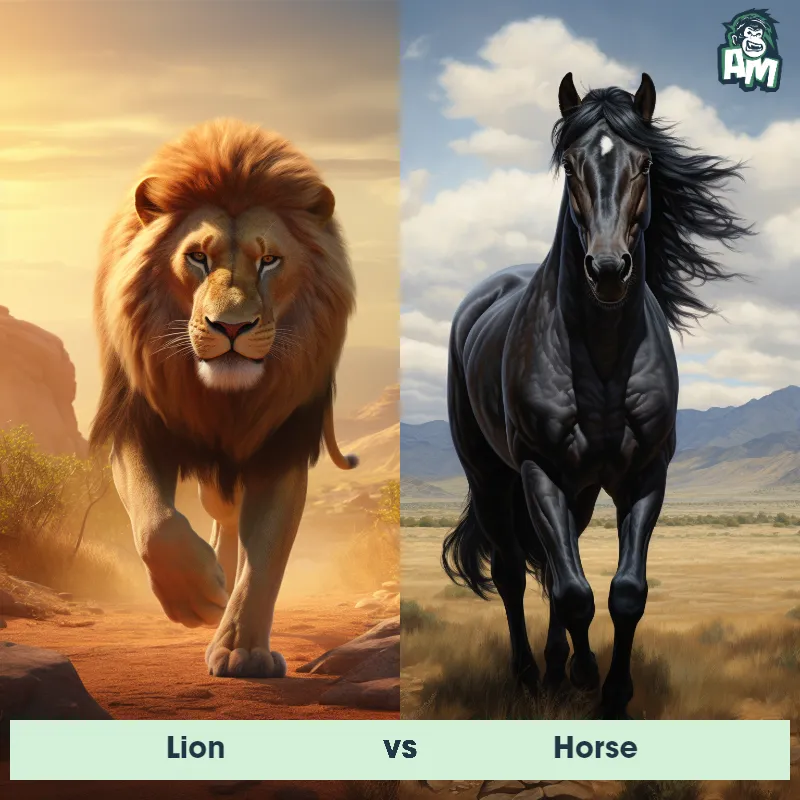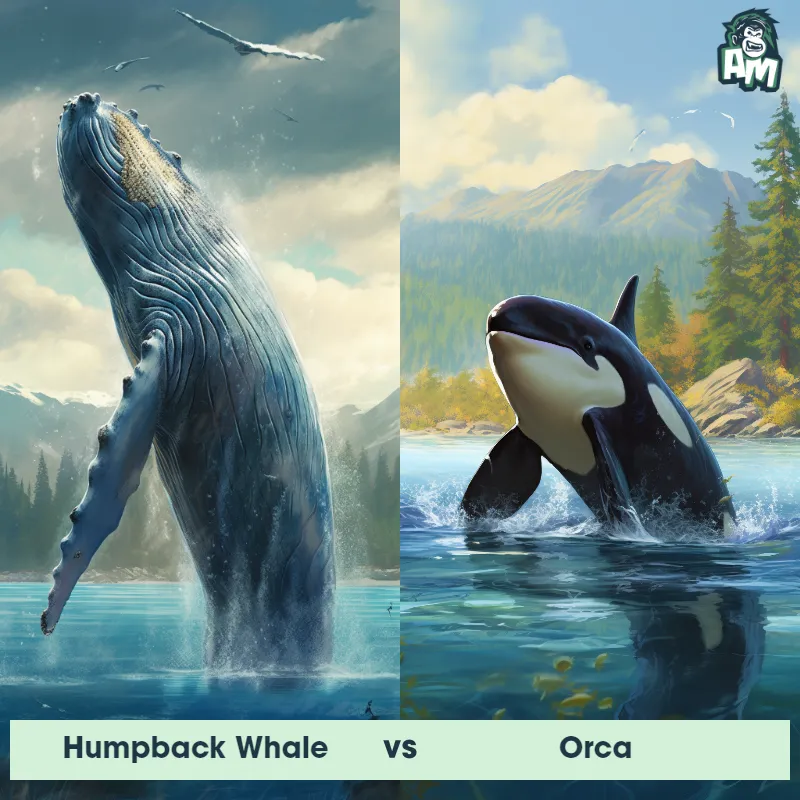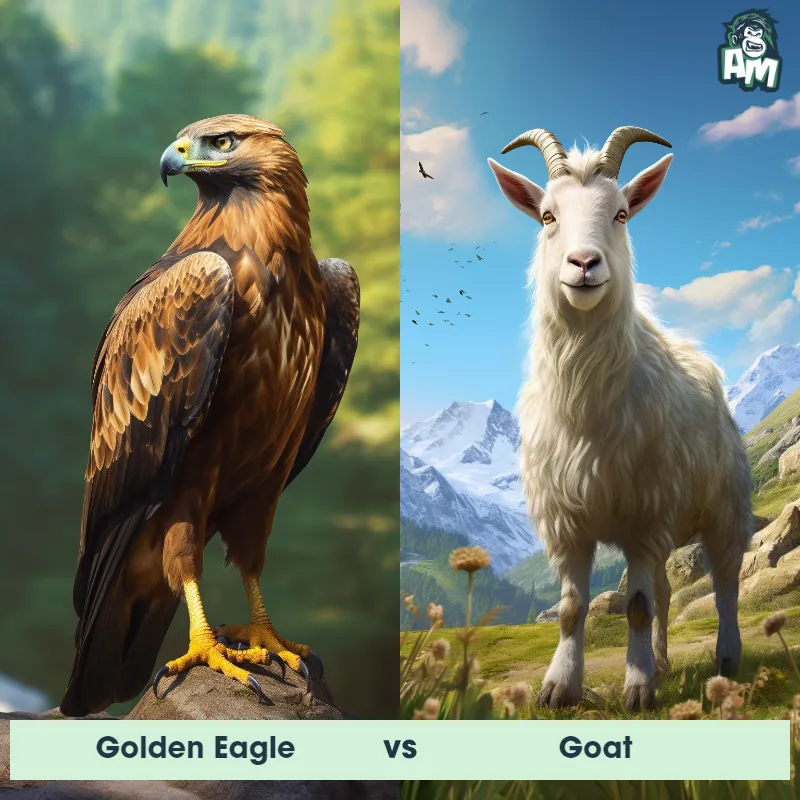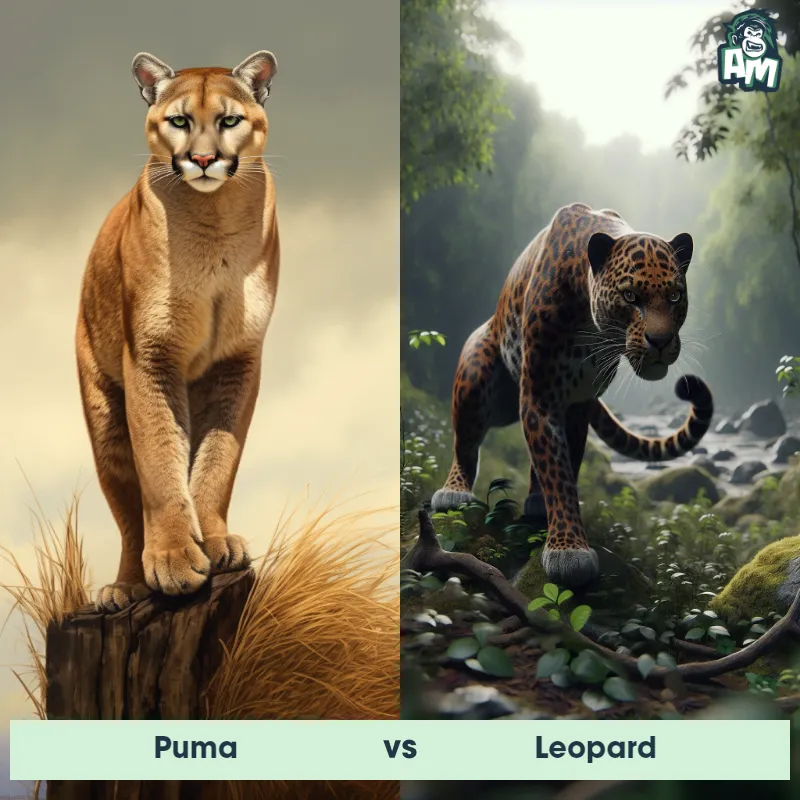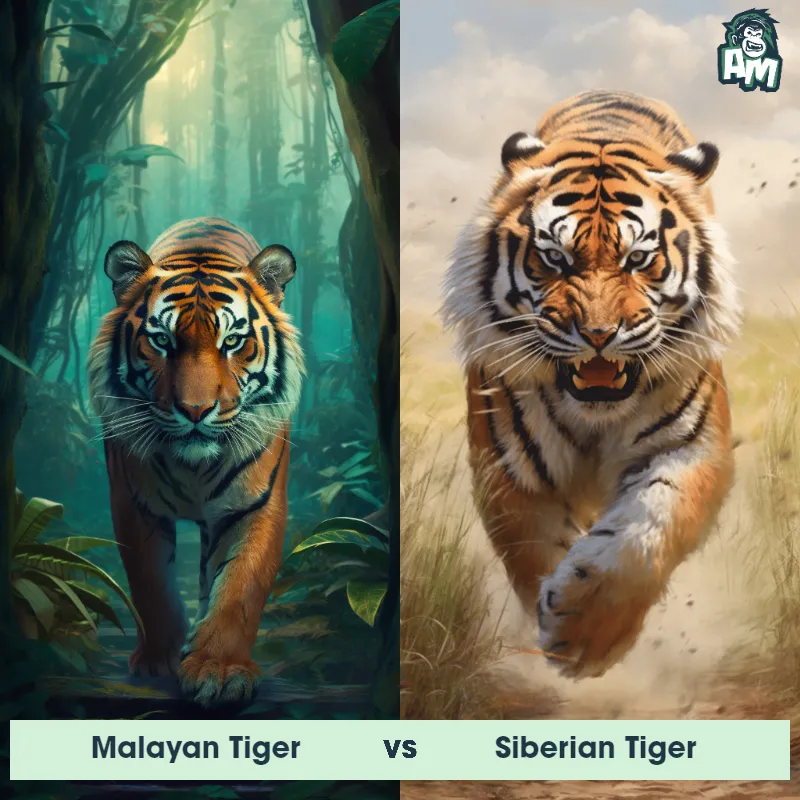Lion vs PangolinSee Who Wins

Ladies and gentlemen, welcome to this thrilling matchup between two fascinating creatures. In the red corner, we have the mighty Lion, known for its strength and intelligence. And in the blue corner, we have the Pangolin, a resilient and uniquely armored wonder. Let's see who will prevail in this exciting three-round faceoff!
Contender 1: Lion
The lion, often referred to as the 'king of the jungle,' is a large, powerfully built cat known for its tawny coat and, in males, a magnificent mane. They are native to Africa and a small region in western India. Adult male lions can weigh up to 420 pounds, while females, who are primarily responsible for hunting, are slightly smaller. Lions are social animals and live in groups called prides, which are usually composed of related females, their cubs, and a small number of adult males.
![[object Object] Gif](https://tenor.com/view/lion-yawning-yawn-tired-exhausted-gif-12230852.gif)
Fun Fact: Lions are the most socially inclined of all wild felids, most of which remain quite solitary in nature.
Contender 2: Pangolin
The Pangolin, a unique mammal native to Africa and Asia, is known for its distinctive appearance and remarkable adaptations. With a body covered in overlapping scales made of keratin, it resembles a walking pinecone or an artichoke. The Pangolin possesses sharp claws for digging burrows and climbing, a long sticky tongue to extract ants and termites from their nests, and a prehensile tail for balance. These solitary animals are nocturnal and prefer tropical forests, savannas, and grasslands as their habitats. They have poor eyesight but rely on their keen sense of smell and hearing to navigate their surroundings.
Fun Fact: The Pangolin holds the remarkable distinction of being the world's only mammal with scales, making it one of nature's truly exceptional creatures!
Matchup Stats
| Lion | Pangolin | |
|---|---|---|
| Size | 4.5 to 6.5 feet long (body length), 3.5 to 4 feet tall at the shoulder (1.4 to 2 meters long, 1 to 1.2 meters tall) | 1-3 feet (30-90 centimeters) |
| Weight | Up to 420 pounds (190 kilograms) | 4-35 pounds (1.8-16 kilograms) |
| Speed | 50mph (80km/h) | 3mph (4.8km/h) |
| Key Strength | Powerful build, strong jaws, sharp claws | Sharp claws for defense |
| Biggest Weakness | Less agile compared to other big cats, dependent on strength and power | Slow movement |
Current Votes
Lion vs Pangolin
See Who Wins
View More Matches
Looking For More?
Similar Matches
Scientific Stats
| Lion | Pangolin | |
|---|---|---|
| Scientific Name | Panthera leo | Manis |
| Family | Felidae | Manidae |
| Habitat | Grasslands, savannas, dense bush, and woodlands | Tropical forests, savannas, grasslands |
| Geography | Africa and a small region in western India | Africa, Asia |
| Diet | Carnivorous, primarily large ungulates | Ants, termites |
| Lifespan | 10 years - 14 years | 12 years - 15 years |
Key Differences between Lion and Pangolin
- Tails: Lions have a long, tufted tail that serves both as a communication tool and for maintaining balance during fast movements, whereas pangolins possess a shorter, muscular tail that lacks distinctive features and is primarily used for gripping branches or surfaces during arboreal activities.
- Head and facial features: Lions have a rounded head with prominent jaw muscles, a distinct mane in males, and visible whiskers, while pangolins have a small, elongated head with a tapering snout, lacking visible whiskers or manes.
- Limbs and locomotion: Lions possess strong, muscular limbs with sharp claws suited for running and hunting, whereas pangolins have shorter limbs and sharp claws primarily adapted for climbing trees and digging.
- Size: Lions are significantly larger than pangolins, with adult lions weighing between 265-420 pounds and measuring up to 3.9-4.9 feet tall at the shoulder, while pangolins are much smaller, ranging from 4.4-39.7 pounds and measuring 1-3.2 feet in length.
- Body structure: Lions have a robust and muscular body covered in short fur, while pangolins have a unique armored appearance with overlapping scales that cover their body, resembling a pinecone.
- Coloration: Lions display a tawny coloration, varying from pale to deep reddish-brown, with some individuals having lighter underbellies, whereas pangolins have a predominantly brown or black coloration, sometimes with scales that appear lighter or golden in certain species.



